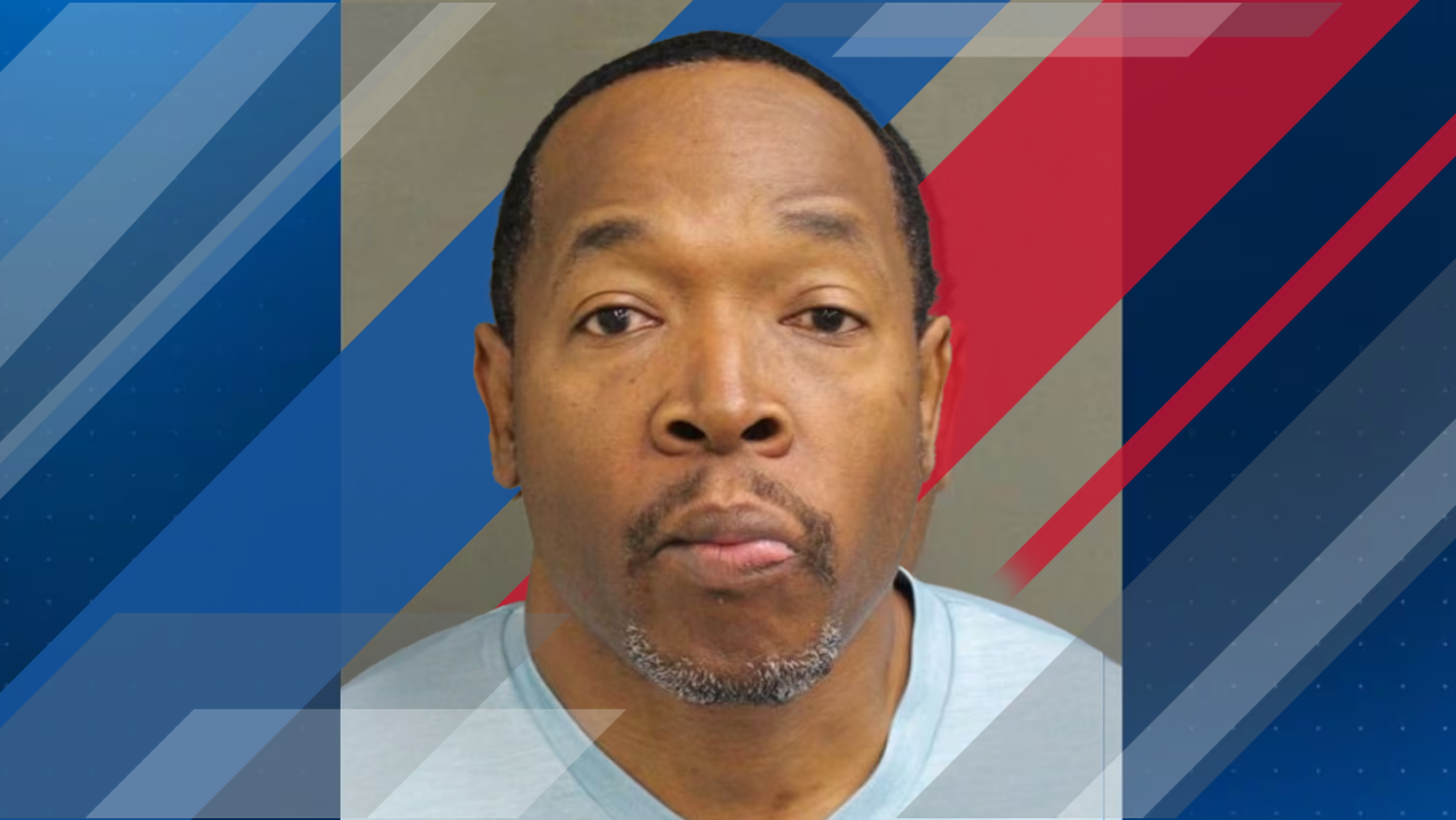Florida Pastor Accused of Forging Life Insurance Policy on Ill Congregant
Pastor Accused of Life Insurance Fraud Raises New Red Flags for Insurers
In a case that blends deep personal trust with alleged financial deception, Florida authorities have charged Orange County pastor Gary Wheeler with forging a life insurance policy and naming himself as the beneficiary. The policy, valued at over $100,000, was taken out on a church member who was undergoing a double lung transplant. The fraud came to light when the insurer attempted to verify details directly with the insured party.
What We Know (and What Insurers Should Watch)
Wheeler is accused of misrepresenting the applicant’s information on the life insurance application, then inserting his own name as beneficiary. The policy in question emerged only after the insurance company sought confirmation from the transplant patient and noticed inconsistencies in the paperwork.
While allegations remain under investigation, the case is a vivid reminder that even trusted community figures can become the center of sophisticated fraud schemes.
“You can’t cash in on a stranger’s life insurance policy—even if someone claims there’s a legal loophole.”
— FTC consumer alert
That quote, while originally aimed at consumer scams, speaks directly to the warning lights insurers must heed when a beneficiary relationship seems detached or unusual.
Risks and Implications for the Insurance Industry
This case threads through several risk zones that insurers must continually monitor:
-
Misrepresentation & Forged Documents
The core allegation is forged or false material in the application. Insurers must maintain rigorous checks, especially in applications made under stress (e.g. serious medical conditions) or when third parties are involved. -
Undisclosed Beneficiary Relationships
A beneficiary who benefits from the insured’s medical events raises inherent conflicts. Underwriting and claims teams should flag sudden beneficiary changes or beneficiaries who may have a motive linked to the insured’s health trajectory. -
Verification Gaps
The fraud was uncovered only through direct verification with the insured. That suggests verification protocols can’t be heuristic—they must be systemically enforced, especially if the insurer senses anomalies in the chain of documentation. -
Reputational Exposure
When the alleged perpetrator is a pastor or public figure, insurers face heightened scrutiny. Even allegations alone can erode public trust, making careful, transparent handling critical. -
Fraud Cost and Premium Erosion
Life insurance fraud may be less visible than auto or property fraud, but its payouts can be large. Every dollar lost to fraud ultimately pressures pricing, reserves, or underwriting thresholds.
Lessons for Insurers: Strengthen, Detect, Respond
| Area | What to Tighten or Enhance |
|---|---|
| Application audits | Random forensic review of high-risk or large policies |
| Beneficiary disclosure | Require and validate relationship disclosures, especially for non-familial names |
| Verification discipline | Proactive direct confirmation with insureds or their medical contacts |
| Claims scrutiny | Heightened claims investigation standards when suspicious features emerge |
| Internal culture | Train staff to spot red flags like mid-term beneficiary changes or 3rd-party submission of materials |
A Word to Underwriters and Claims Teams
Erin Lane, a senior claims manager in Florida, offers a sobering perspective:
“When the numbers don’t add up or when the beneficiary seems detached from the insured’s life, that’s not paranoia—it’s due diligence.”
In other words, the “soft flags” often hidden in application narratives or nonstandard workflows may be the early warnings of deeper fraud. The industry’s challenge is to translate those red flags into actionable protocols—before exposure turns into loss.
This incident serves as a stark reminder: trust is essential in life insurance, but so is vigilance.


